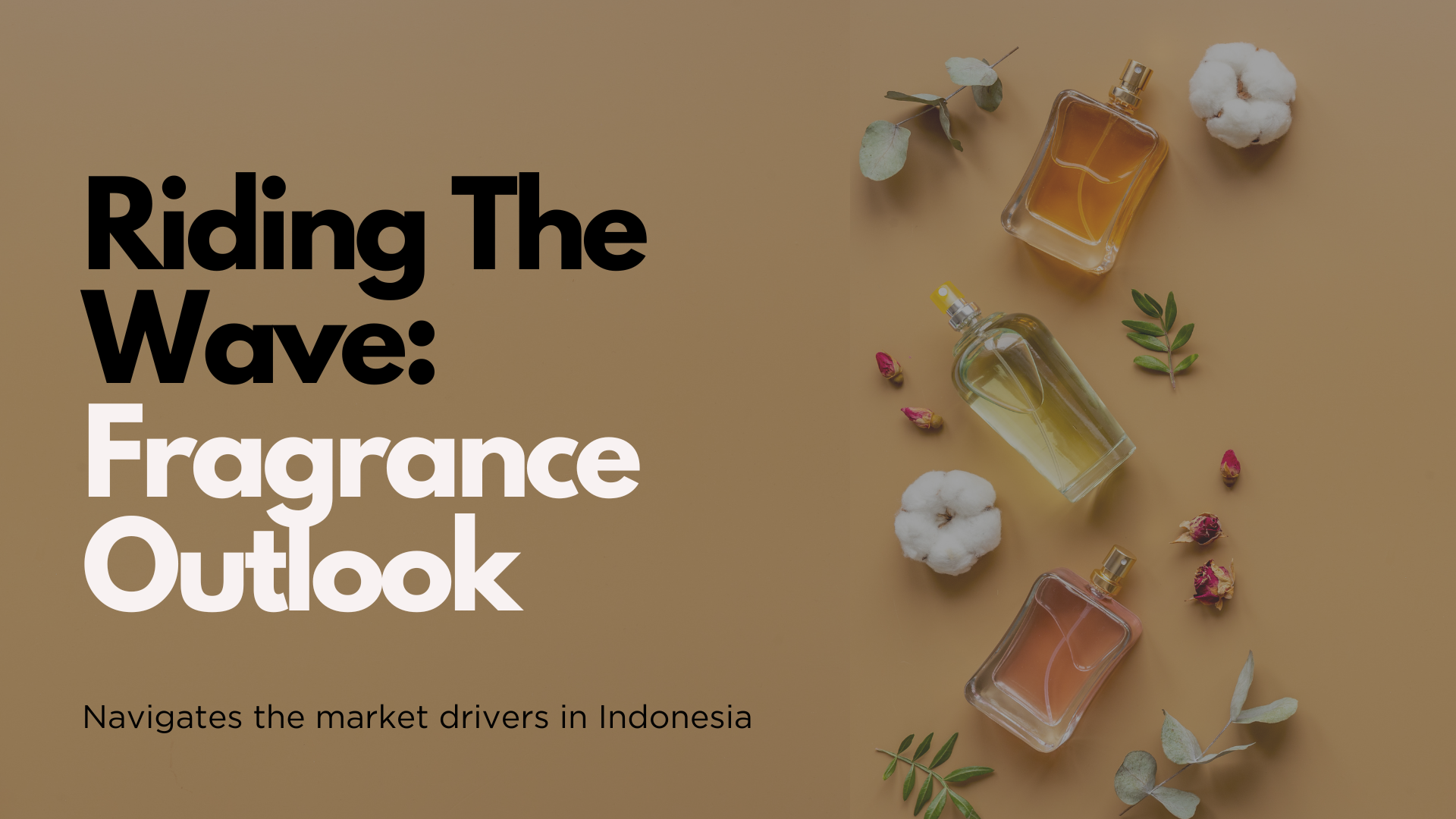The fragrance market in Indonesia is witnessing significant growth, driven by rising consumer demand for personal care products and shifting lifestyle trends. With a large, young population and increasing disposable income, the market for perfumes and fragrances is poised for continued expansion. This blog will explore the current market landscape, key drivers, challenges, and the opportunities it presents for businesses and investors.
1. Market Overview
Indonesia, with its diverse population and rich cultural heritage, has a growing appreciation for fragrances. Traditionally, fragrances were primarily seen as luxury products, but today, they are increasingly regarded as everyday essentials for personal grooming. The fragrance market, which includes perfumes, body sprays, and deodorants, is projected to grow at a compound annual growth rate (CAGR) of over 7% from 2024 to 2028.
The market is categorized into mass-market products and premium fragrances, with mass-market options dominating due to their affordability and accessibility. However, premium brands are also gaining traction among urban and affluent consumers, presenting a key growth opportunity.
2. Key Market Drivers
- Rising Disposable Income: As Indonesia’s middle class expands, more consumers are willing to spend on non-essential items like fragrances, contributing to the market’s growth.
- Influence of Social Media: Platforms like Instagram and TikTok have become powerful tools for fragrance brands to reach younger audiences. Influencer marketing and user-generated content play a significant role in shaping purchasing decisions.
- Personalization Trends: Modern consumers are increasingly looking for personalized fragrances that match their unique style and preferences. Niche and artisanal perfume brands are gaining popularity due to this trend.
- Growing Male Grooming Market: Male grooming is an emerging sector in Indonesia, with men becoming more conscious of personal care. This has led to a rise in demand for men’s fragrances, especially in urban areas.
3. Challenges in the Market
- Competition from Global Brands: International brands such as Dior, Chanel, and Calvin Klein dominate the premium segment, posing a challenge for local players to differentiate their products and build strong brand loyalty.
- Price Sensitivity: While the fragrance market is growing, a large portion of the population remains price-sensitive. Mass-market players need to balance quality and affordability to remain competitive.
- Regulatory Compliance: Fragrance companies must navigate complex regulations related to product safety, ingredient usage, and labeling. Compliance with these regulations can sometimes increase production costs, particularly for small or emerging local brands.
4. Opportunities for Businesses and Investors
- Local and Halal Fragrances: With a majority Muslim population, there is a rising demand for halal-certified fragrances. Brands that can create products that align with Islamic principles will likely see growth in market share.
- E-commerce Expansion: The rapid growth of e-commerce platforms such as Tokopedia and Shopee has made it easier for fragrance brands to reach customers across Indonesia, including in remote areas. Online channels will continue to play a pivotal role in shaping the fragrance market’s future.
- Sustainability Trends: Consumers are increasingly aware of the environmental impact of their purchases. Brands that focus on sustainable, eco-friendly production processes and packaging will resonate with conscious consumers.
- Private Label Growth: Supermarkets and convenience stores are developing their own private-label fragrances, offering affordable alternatives to global brands. This presents a potential area of investment for companies looking to tap into the mass market.
5. Conclusion
Indonesia’s fragrance market presents a dynamic landscape with ample growth opportunities for both local and international players. As consumer preferences evolve towards personalization, sustainability, and affordability, brands that can meet these needs will thrive. For investors, the growing e-commerce sector and emerging halal fragrance segment offer particularly attractive opportunities for growth and expansion.
With the right strategies, businesses can capitalize on the country’s expanding fragrance market, positioning themselves for long-term success.
Sources:
- Mordor Intelligence. (2024). “Indonesia Fragrance Market – Growth, Trends, COVID-19 Impact, and Forecasts (2024-2028).”
- Euromonitor International. (2023). “Fragrances in Indonesia.”
- Mintel. (2023). “Fragrance Trends in Southeast Asia.”
- Statista. (2023). “Indonesia Fragrance Market Revenue.”
- Reuters. (2024). “Indonesian Perfume and Cosmetics Market Analysis.”

